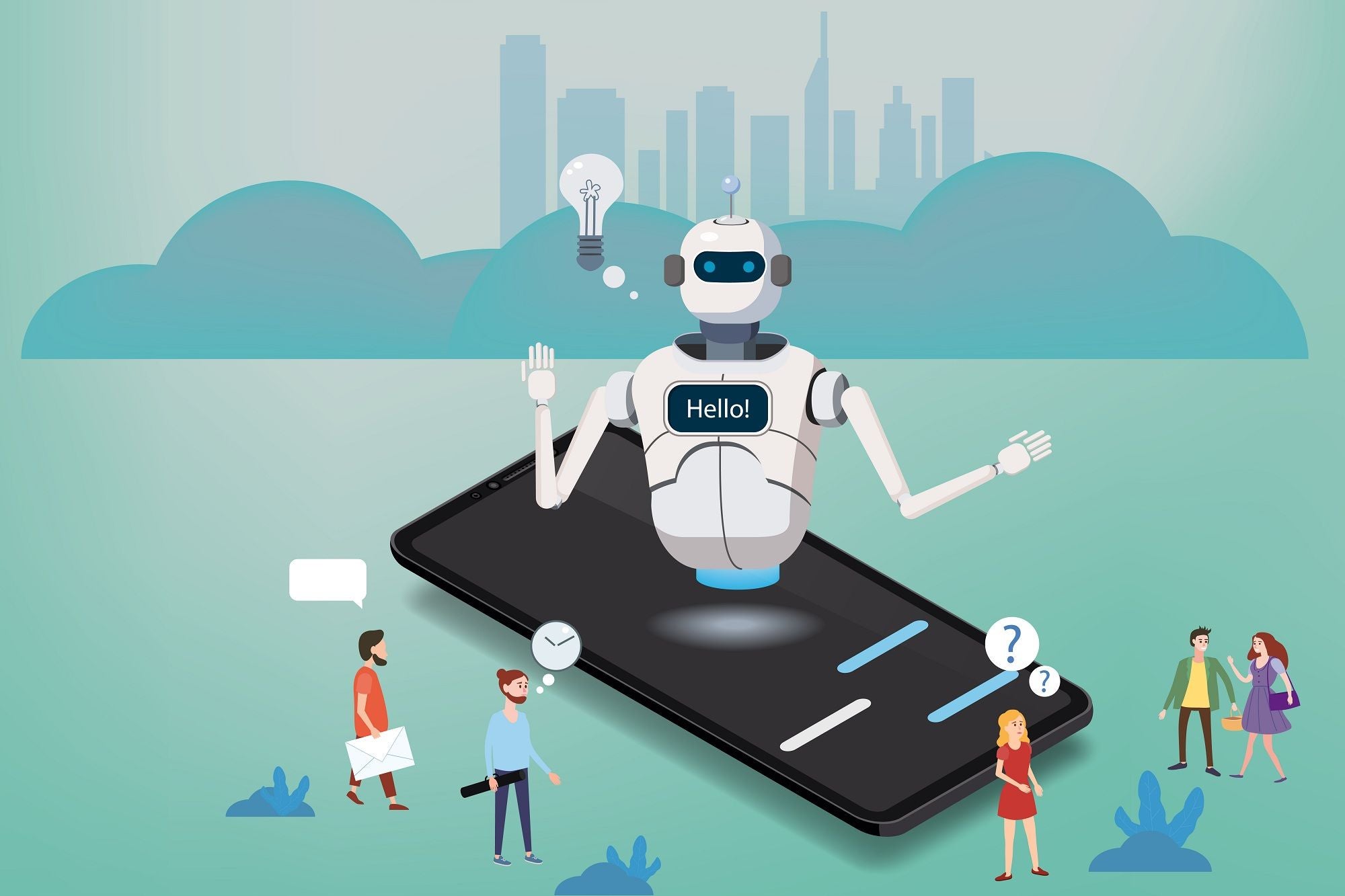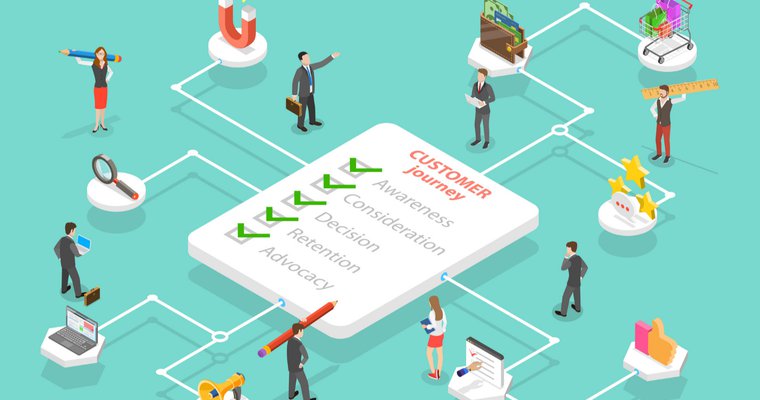
Mastering the Future: AI-Driven Marketing Tools You Can’t Ignore
August 18, 2023
AI + Marketing: A Match Made in Viral Heaven
August 23, 2023In the ever-evolving landscape of digital marketing, staying ahead of the curve is essential for success. The rise of Artificial Intelligence (AI) has revolutionized the way businesses engage with their audience. Mastering the art of engagement through AI-driven strategies is now a necessity rather than an option. In this comprehensive guide, we will delve into the depths of AI marketing strategies that work, helping you navigate the intricate realm of customer interaction and conversion optimization.

Understanding AI-Powered Engagement
AI is no longer just a buzzword; it has become the driving force behind effective customer engagement. Let’s explore the synergy between AI and marketing, how AI enhances customer interactions, real-life instances of AI-driven engagement, and the rewards and hurdles of integrating AI into marketing strategies.
The Fusion of AI and Marketing
The convergence of AI and marketing isn’t science fiction; it’s a reality reshaping the marketing landscape. By analyzing vast amounts of data, AI algorithms unveil valuable insights into consumer behavior, allowing marketers to tailor campaigns with pinpoint accuracy. Imagine having a personal marketing assistant working around the clock, refining strategies based on real-time data trends.
How AI Enhances Customer Interaction
AI’s prowess lies in its ability to create personalized interactions at scale. Natural Language Processing (NLP) algorithms enable chatbots to engage in meaningful conversations with customers, addressing queries promptly. AI-driven content recommendation engines ensure that customers are presented with relevant products and information, enhancing user experience and boosting conversion rates.
Real-Life Examples of AI-Driven Engagement
The implementation of AI-driven engagement is evident across various industries:
- Netflix’s Dynamic Content: Netflix’s recommendation system utilizes AI to analyze user preferences and viewing history. This results in tailored content suggestions that keep viewers engaged for longer periods.
- Spotify’s Discover Weekly: By analyzing listening habits, Spotify curates personalized playlists for users every week, offering a delightful discovery experience.
Benefits and Challenges of AI Adoption
Benefits:
- Enhanced Efficiency: Automation of repetitive tasks frees up time for marketers to focus on strategy and creativity.
- Data-Driven Insights: AI-driven analytics provide deep insights into customer preferences, enabling more targeted campaigns.
- Personalization at Scale: AI enables tailored experiences for each customer, fostering stronger connections.
Challenges:
- Data Privacy Concerns: The collection and use of customer data raise privacy and ethical concerns that must be navigated carefully.
- Learning Curve: Implementing AI requires a learning curve and possibly restructuring existing processes.
As AI becomes an integral part of marketing strategies, understanding its potential and limitations is crucial for harnessing its benefits effectively.

Crafting Personalized Experiences with AI
In an era where customers expect tailored experiences, AI serves as the driving force behind crafting personalization that goes beyond superficial efforts. Let’s dive into leveraging data for personalization, the implementation of dynamic content generation, a case study on Netflix’s recommendation system, and the need to address privacy concerns.
Leveraging Data for Personalization
AI-driven personalization starts with data. Marketers harness data from various touchpoints to create a holistic view of the customer journey. By analyzing demographics, browsing behavior, purchase history, and social media interactions, AI algorithms can predict customer preferences and anticipate future needs.
Implementing Dynamic Content Generation
Static content is a thing of the past. With AI, dynamic content generation takes center stage. Imagine a website where the content adapts to the visitor’s interests in real time. AI algorithms create variations of content based on user behavior, ensuring that each interaction is fresh and relevant.
Case Study: Netflix’s Recommendation System
A prime example of AI-driven personalization is Netflix’s recommendation system. The platform analyzes vast amounts of data, including viewing habits and ratings, to suggest shows and movies aligned with individual preferences. This not only keeps users engaged but also drives longer viewing sessions.
Overcoming Privacy Concerns in Personalization
While personalization offers tremendous benefits, it also raises concerns about data privacy. Marketers must be transparent about data collection and usage, allowing customers to opt in or out of personalized experiences. Striking the right balance between personalization and privacy is paramount for sustained success.
As AI continues to evolve, personalized experiences are set to become even more sophisticated, requiring marketers to navigate ethical considerations while delivering tailored content.

Chatbots: Your 24/7 AI Support
The rise of chatbots has revolutionized customer support, offering a seamless way to assist around the clock. Let’s explore the evolution of chatbots, designing conversational chatbots that feel human, finding the equilibrium between human and AI interactions, and a case study on Zendesk’s AI-powered support system.
The Evolution of Chatbots
The evolution of chatbots is a journey from scripted responses to intelligent conversational agents. Modern chatbots leverage Natural Language Processing (NLP) to understand user intent, enabling them to provide accurate and contextually relevant responses.
Designing Conversational Chatbots
Crafting chatbots that mimic human conversations involves meticulous planning. Conversational Design requires mapping out potential user interactions, understanding various user intents, and creating responses that feel natural and engaging.
Human vs. AI: Striking the Right Balance
While chatbots offer efficiency, human interactions can’t be replaced entirely. Striking the right balance involves routing complex or emotionally charged queries to human agents while allowing chatbots to handle routine inquiries, ensuring a seamless and satisfactory customer experience.
Chatbot Case Study: Zendesk’s AI-Powered Support
Zendesk’s AI-powered support system exemplifies the harmony between AI and human support. The chatbot handles initial inquiries, resolves common issues, and escalates complex problems to human agents, ensuring customers receive prompt and accurate assistance.
As chatbots continue to evolve, they hold the potential to transform customer support into a more efficient and personalized experience.

Predictive Analytics: Anticipating Customer Needs
Anticipating customer needs is a hallmark of effective engagement, and predictive analytics powered by AI can offer remarkable insights into customer behavior. Let’s uncover the power of predictive analytics, the utilization of AI for customer behavior analysis, a game-changing instance of Amazon’s predictive shipping, and ethical considerations in predictive marketing.
Unveiling the Power of Predictive Analytics
Predictive analytics involves using historical data and AI algorithms to forecast future outcomes. In marketing, this means anticipating customer preferences, trends, and behaviors to tailor strategies accordingly.
Utilizing AI for Customer Behavior Analysis
AI’s ability to analyze vast data sets allows marketers to gain deep insights into customer behavior. By tracking online interactions, purchase history, and social media engagement, AI algorithms can identify patterns and preferences that inform marketing decisions.
Amazon’s Predictive Shipping: A Game-Changer
Amazon’s predictive shipping is a testament to the potential of predictive analytics. By analyzing past orders, browsing behavior, and even factors like weather and location, Amazon can anticipate what customers need before they realize it themselves, resulting in a seamless and convenient shopping experience.
Ethical Considerations in Predictive Marketing
While predictive analytics offers remarkable benefits, it raises ethical concerns related to data usage and potential biases. Marketers must ensure transparency, accuracy, and fairness in their predictive models to avoid alienating customers and damaging brand trust.
Predictive analytics powered by AI is poised to become an essential tool for marketers aiming to create more personalized and anticipatory customer experiences.

Visual and Voice Search Optimization
In the era of visual and voice-oriented interactions, AI is reshaping how users discover content. Let’s explore the rise of visual and voice search, SEO strategies tailored for visual search, enhancing user experience through voice search, and the merging of AI and visual search in Google Lens.
Rise of Visual and Voice Search
Visual and voice search has emerged as game-changers in the digital landscape. With devices like smartphones and smart speakers, users can search for information using images and voice commands, revolutionizing the way content is accessed.
SEO Strategies for Visual Search
Visual search demands a shift in SEO strategies. Instead of focusing solely on text-based keywords, marketers must optimize images with descriptive alt text, captions, and schema markup to ensure they appear in visual search results.
Enhancing User Experience with Voice Search
Voice search presents a unique challenge and opportunity. Marketers need to tailor their content to match conversational queries while delivering concise and valuable answers that cater to users’ spoken queries.
Google Lens: Merging AI and Visual Search
Google Lens exemplifies the potential of merging AI and visual search. By using AI to analyze images, Google Lens can identify objects, landmarks, and even text, providing users with relevant information and enriching their search experience.
As visual and voice search continues to gain traction, marketers need to adapt their strategies to accommodate these evolving search behaviors.

Social Media Mastery with AI
Social media platforms are thriving ecosystems for engagement, and AI is adding a new layer of sophistication to social marketing strategies. Let’s explore AI-driven content curation, sentiment analysis for effective engagement, Instagram’s AI-powered filters and effects, and the ethical handling of social data.
AI-Driven Content Curation
Content curation becomes more precise and efficient with AI. AI algorithms can analyze user preferences and engagement patterns to curate a personalized feed of content, ensuring users are exposed to the most relevant and appealing posts.
Sentiment Analysis for Effective Engagement
AI-powered sentiment analysis enables brands to gauge public sentiment toward their products or campaigns. By monitoring social media conversations, brands can adjust their strategies in real-time to address concerns or capitalize on positive sentiment.
Instagram’s AI-Powered Filters and Effects
Instagram’s AI-driven filters and effects offer users a creative outlet while enhancing their engagement on the platform. These features utilize AI to transform photos and videos into unique and shareable content, fostering user interaction and loyalty.
Ethical Handling of Social Data
While AI enhances social media strategies, it’s essential to handle user data ethically and responsibly. Transparency in data collection, consent, and ensuring data security is paramount to maintaining customer trust.

Future Horizons: AI and Hyper-Personalization
The future of AI marketing holds exciting possibilities, including hyper-personalization and integration with emerging technologies. Let’s explore the concept of hyper-personalization, AI’s role in augmented reality marketing, the balance between automation and the human touch, and the road ahead for an AI-integrated marketing ecosystem.
Hyper-Personalization: The Next Frontier
Hyper-personalization takes personalization to the next level by creating experiences that align with users’ individual preferences, habits, and contexts. AI’s ability to analyze vast amounts of data in real time will be pivotal in delivering hyper-personalized experiences.
AI in Augmented Reality Marketing
Augmented Reality (AR) is set to reshape marketing, and AI will play a crucial role in this transformation. AI-powered algorithms can enhance AR experiences by recognizing objects, overlaying information, and providing personalized recommendations based on users’ surroundings.
Balancing Automation and Human Touch
As AI automation becomes more prevalent, finding the right balance between efficiency and the human touch becomes essential. AI can handle routine tasks, freeing up marketers to focus on creative and strategic aspects that require human intuition and empathy.
The Road Ahead: AI-Integrated Marketing Ecosystem
The future of AI in marketing is an integrated ecosystem where AI seamlessly supports every aspect of the marketing funnel. From content creation to customer engagement, AI will drive efficiency and effectiveness, redefining the way brands interact with their audience.


